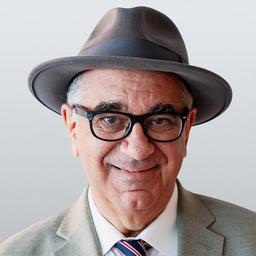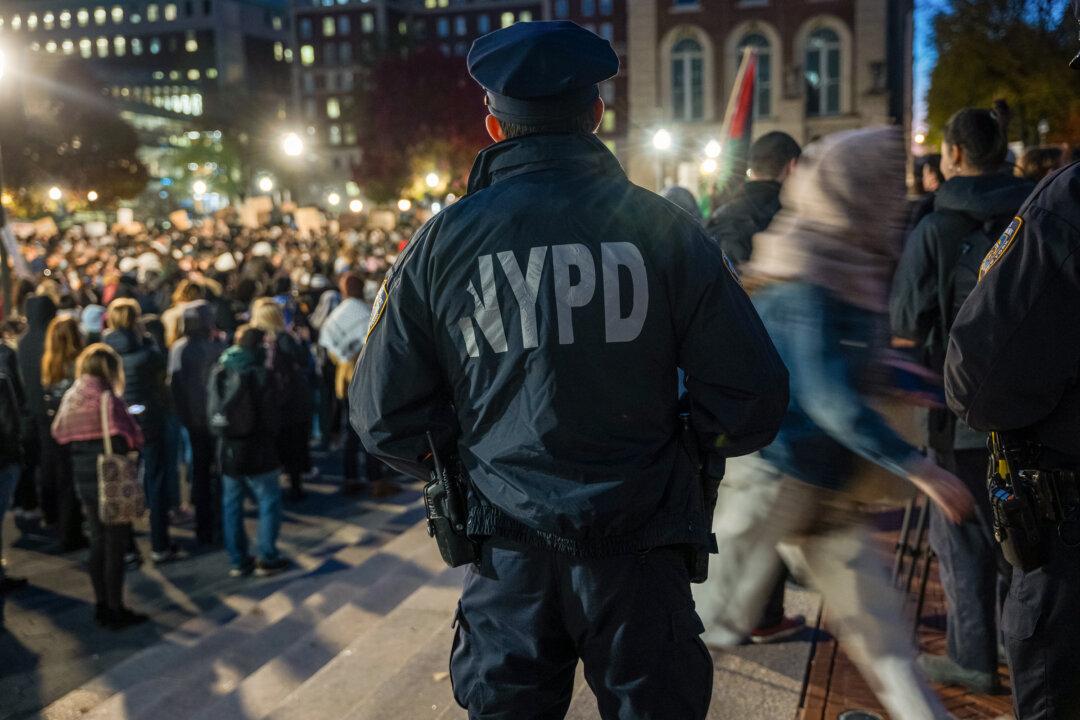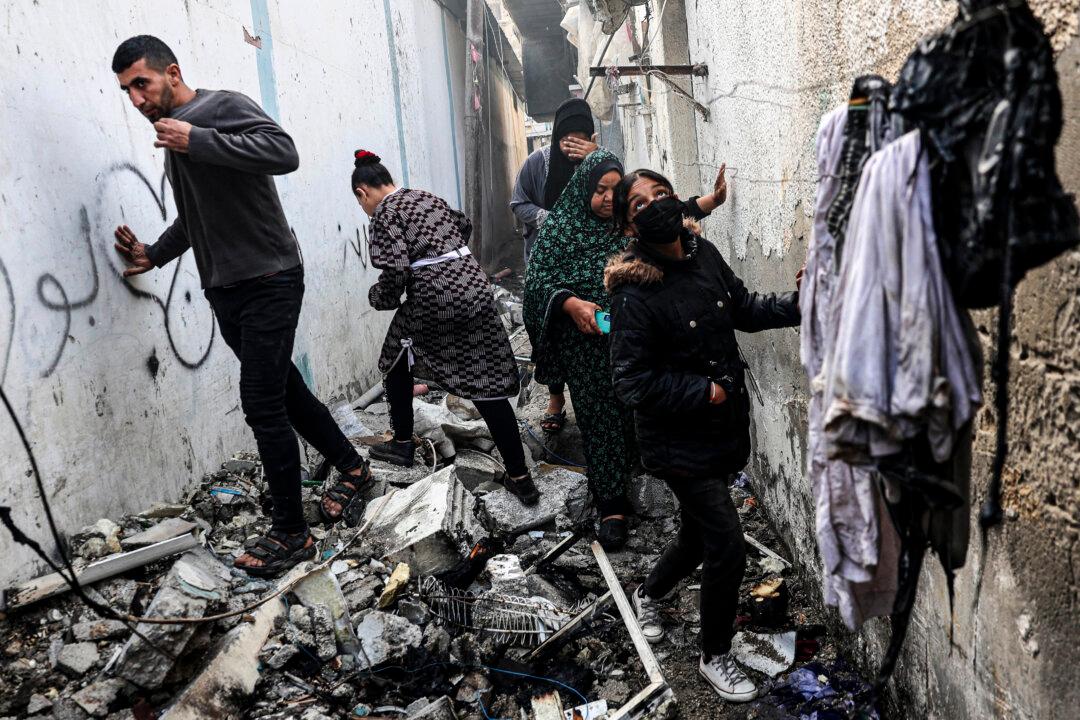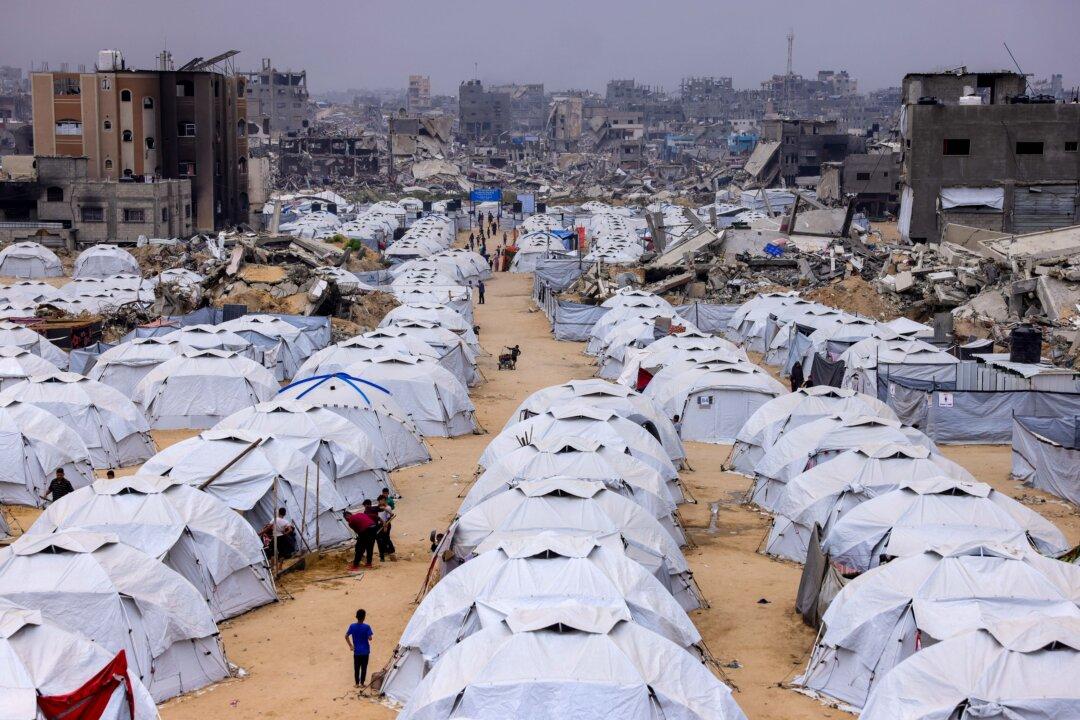New Yorkers head to the polls on Tuesday for their second primary in two months.
Politicos predict historically low turnout. Not only are voters confused about why, after they voted on June 28, they have to vote again, but it’s altogether the wrong time for a primary. In New York State, where school doesn’t start until after Labor Day, the last week in August is all about cookouts, beach vacations, and the last moments to enjoy summer.





